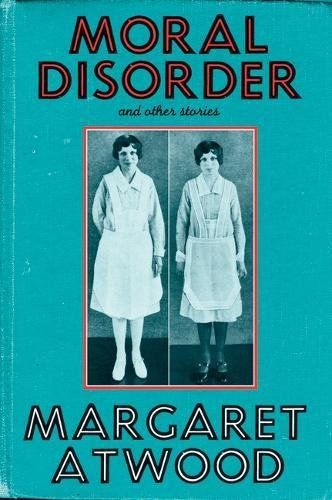Moral Disorder
Margaret Atwood has frequently been cited as one of the foremost writers of our time. Moral Disorder, her new work of fiction, could be seen as a collection of ten stories that is almost a novel ... or a novel broken up into ten stories. It resembles a photograph album - a series of clearly observed moments that trace the course of a life, and the lives intertwined with it - those of parents, siblings, children, friends, enemies, teachers and even animals. And as in a photograph album, times change; every decade is here, from the 1930s through the 50s, 60s and 70s to the present day. The settings are equally varied: large cities, suburbs, farms, northern forests. The first story, 'The Bad News,' is set in the present, as a couple no longer young situate themselves in a larger world no longer safe. Then the narrative switches time, as the central character moves through childhood and adolescence, in 'The Art of Cooking and Serving', 'The Headless Horseman' and 'My Last Duchess'. We follow her into young adulthood in 'The Other Place', and then through a complex relationship, traced in three of the stories - 'Monopoly', 'Moral Disorder' and 'The Entities'. The last two stories, 'The Labrador Fiasco' and 'The Boys at the Lab', deal with the heartbreaking old age of parents, but circle back to childhood again, to complete the cycle. By turns funny, moving, lyrical, incisive, tragic, earthy, shocking and deeply personal, Moral Disorder displays Atwood's celebrated storytelling gifts and inimitable style to their best advantage. As the New York Times has said, 'Atwood has complete access to her people's emotional histories, complete understanding of their hearts and imaginations.'

| Year of publish | 2006 |
| Publisher | Bloomsbury (UK) |
| ISBN | 9780747581628 |
| Number of Pages | 272 |
